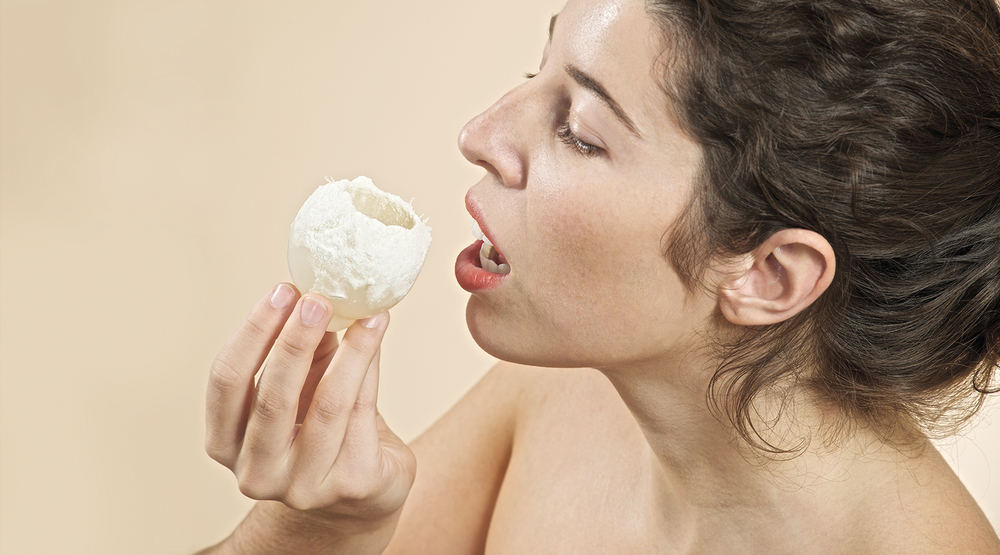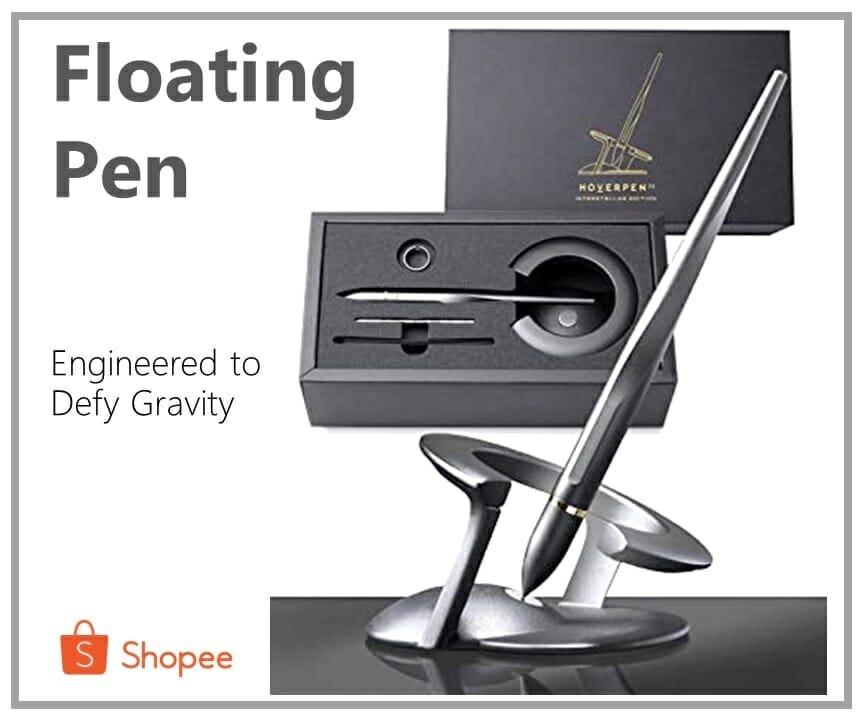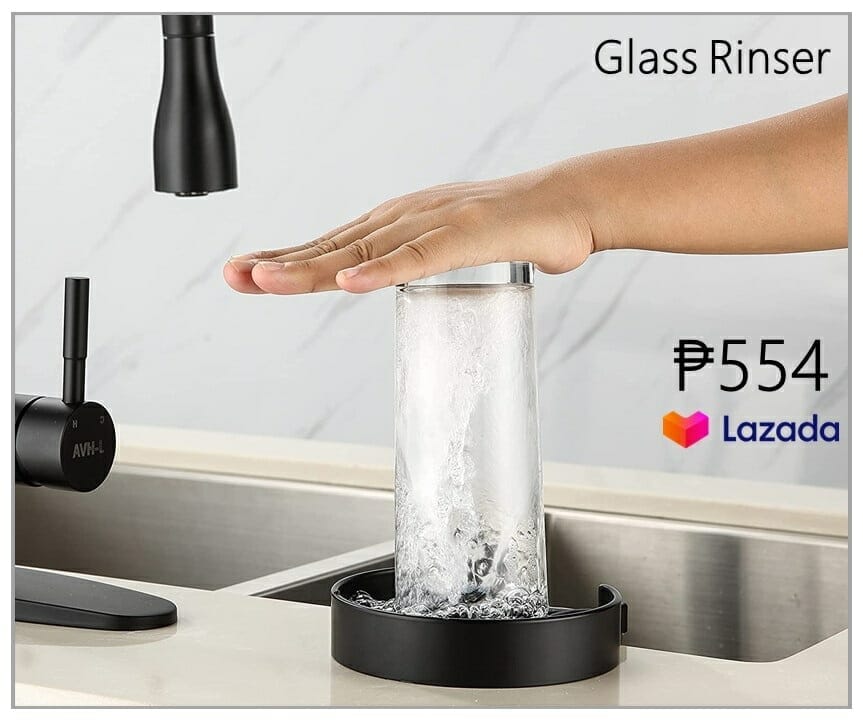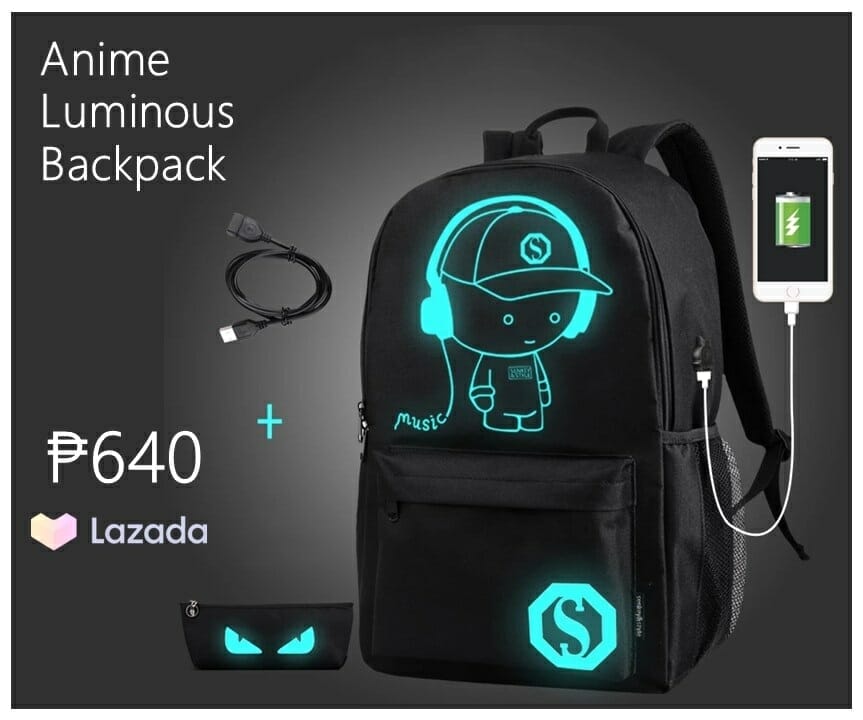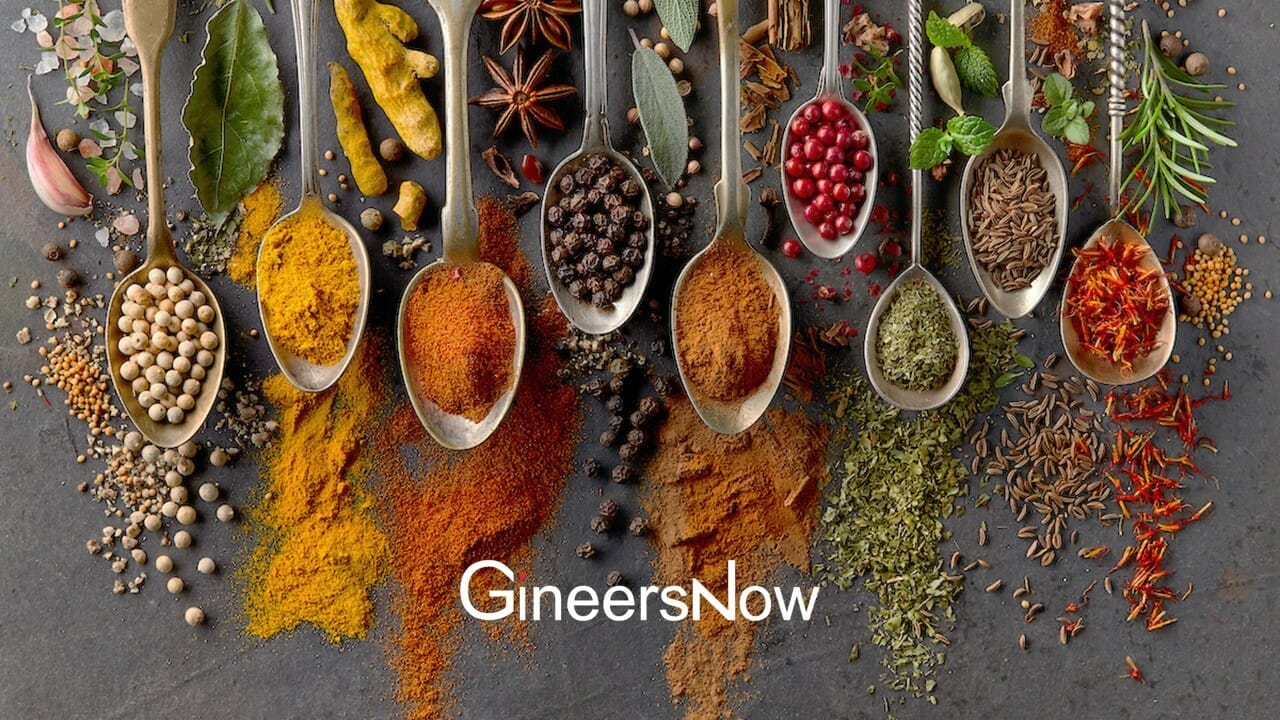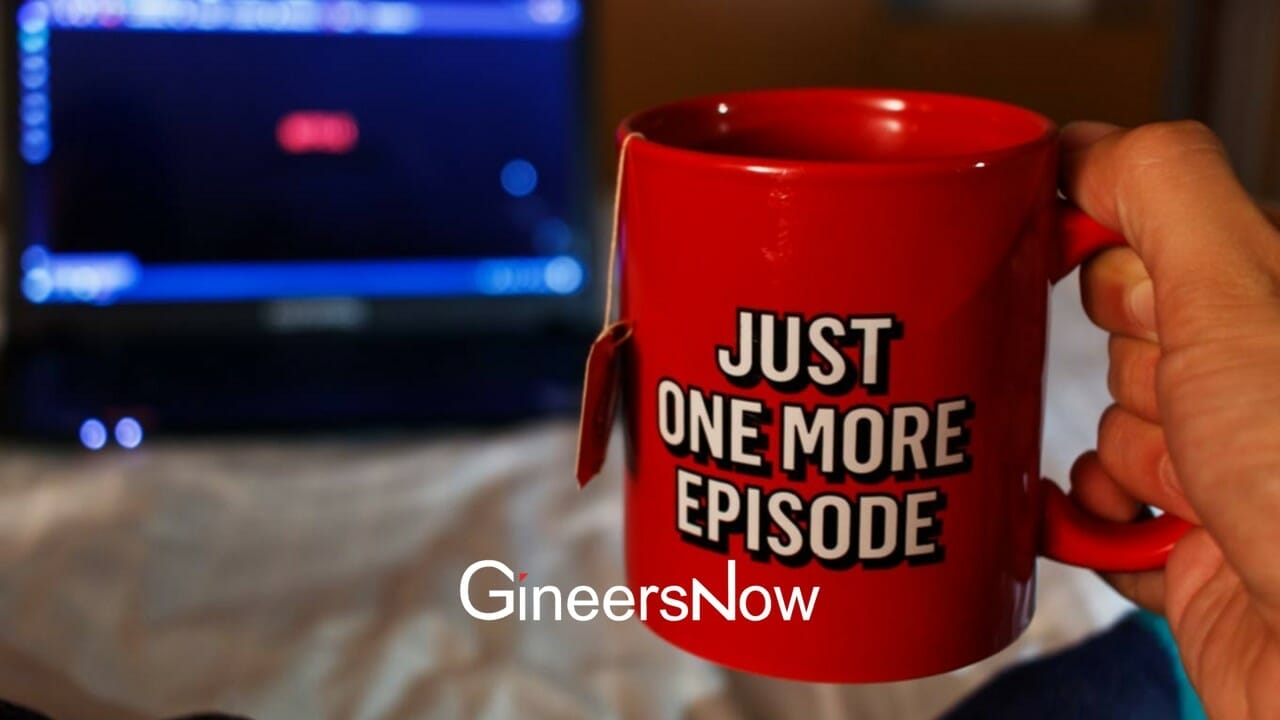Toxic Waste To Edible Food

Every delectable dish has its own secret ingredient, in this case its toxic plastic and fungi— wait what?!
You read it right! It is now possible to convert toxic plastic waste into edible food with the help of fungi.
There are two items that are rarely, if at all, used as ingredients for a tasty dish. They are plastic and fungus. Livin Studio, based in Austria, is planning to destroy the preconceived notion that fungus and plastic cannot be food. They have created the Fungal Mutarium to prove it.
The Fungal Mutarium is a prototype for a special terrarium which makes use of bioremediation techniques for destroying plastic. At the same time, it creates edible fungus in the form of small pods which can be filled and flavored for consumption.
Sounds delicious, doesn’t it?
Fungi Mutarium: Prototype from LIVIN Studio on Vimeo.

Organisms have been in use for quite a number of years for the removal or neutralization of pollutants. For years, mushrooms have also been used for bioremediation.
One of the most common fungal species used for bioremediation is Pleurotus ostreatus. This is more commonly known as oyster mushrooms often found in a variety of dishes of Chinese cuisine. Another one is Schizophyllum C. which is generally used in dishes found in certain parts of Mexico and Asia. However, it has found less popularity in the West. An agar substrate and plastic is found in the Mutarium as well.
The process of breaking down plastic is by no means a difficult one. The plastic is made into sheets and then exposed to ultraviolet light. The UV light sterilizes the plastic and begins to break it down. This is followed by the addition of a special kind of cup known as the FU cup.

The FU cup is made up of a mixture of glucose, starch and agar. These cups act as a medium on which fungi can grow. The plastic is placed into the core of the FU followed by the fungal mycelium.
The end product resembles moldy food which is, in fact, what it is. Spices are added to the cups to make them more flavorful and colorful before consumption. Still, you may end up thinking twice before popping one of them in your mouth. It’s plastic and fungus, after all.
Though this may seem a bit gross, these can be used for future researched which can pave the way for new discoveries such as new medicine, vitamins, or even a new food substitute.
We’ll just have to wait and see.
You might also like to read these food innovation articles
Food for Thought: These Foods Will Keep You More Focused and Alert at Work


